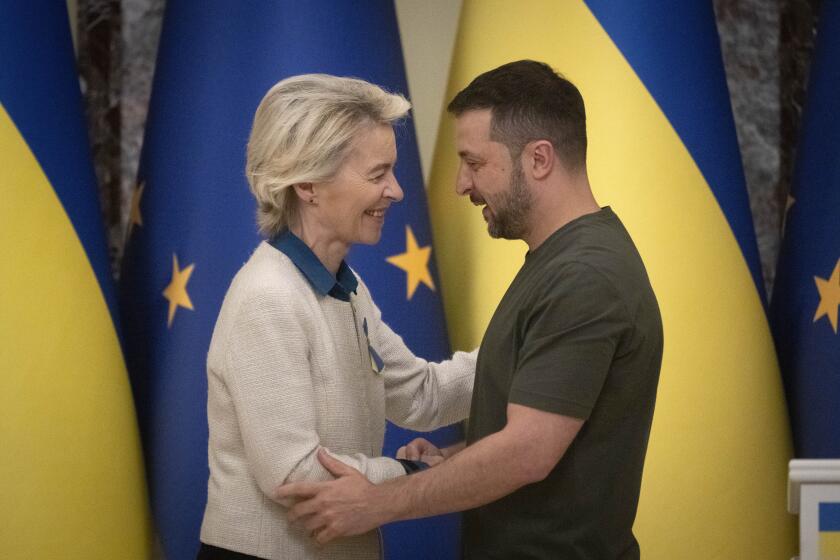It’s Strategic to Spend Now
A milestone was reached at the beginning of this month when the 500 millionth barrel of oil entered the federal Strategic Petroleum Reserve. Created in the wake of the Arab oil embargo of 1973-74, the emergency stockpile now holds oil sufficient to replace nearly four months of total crude oil imports and 18 months of imports from the politically unstable Persian Gulf. It has cost $15 billion to get to this point. The question is whether it is safe or wise to stop now.
Oil continues to trickle if not exactly pour into the reserve at the rate of 50,000 barrels a day. By the end of July the reserve, located in the caverns of immense salt domes in Louisiana and Texas, will contain 502 million barrels, and it is there that the Reagan Administration proposes to call a halt. Its argument is that as of now the reserve provides an adequate cushion against potential disruptions in overseas oil supplies. More to the point, it prefers to use the money that would otherwise go to buy foreign oil to reduce the budget deficit.
Congress has long since endorsed plans for a 750-million-barrel reserve. Now legislation has been introduced directing the President to release the funds already appropriated for further purchases. It would be foolishly shortsighted not to press ahead. The plunge in oil prices since late last year provides a solid economic argument for continuing to go into the oil market. The oil now in the strategic stockpile was bought at an average price of $30 a barrel. Oil now sells for less than half that. The current price is in fact just about what it was in the mid-1970s, when work on the reserve began. There is no better time to buy.
There is a political interest as well in adding to the reserve. All of the oil that has gone into the stockpile this year, and nearly 35% of the reserve’s total volume, has been purchased from Mexico. That country’s foreign-debt crisis is of immediate and compelling concern. The United States would be adding to its energy security even as it added to Mexico’s essential foreign-exchange earnings by continuing to build up the strategic reserve. The choice is not whether to spend now or to save, but whether to spend now and in so doing mitigate the risk of having to spend far more later.
More to Read
Sign up for Essential California
The most important California stories and recommendations in your inbox every morning.
You may occasionally receive promotional content from the Los Angeles Times.










